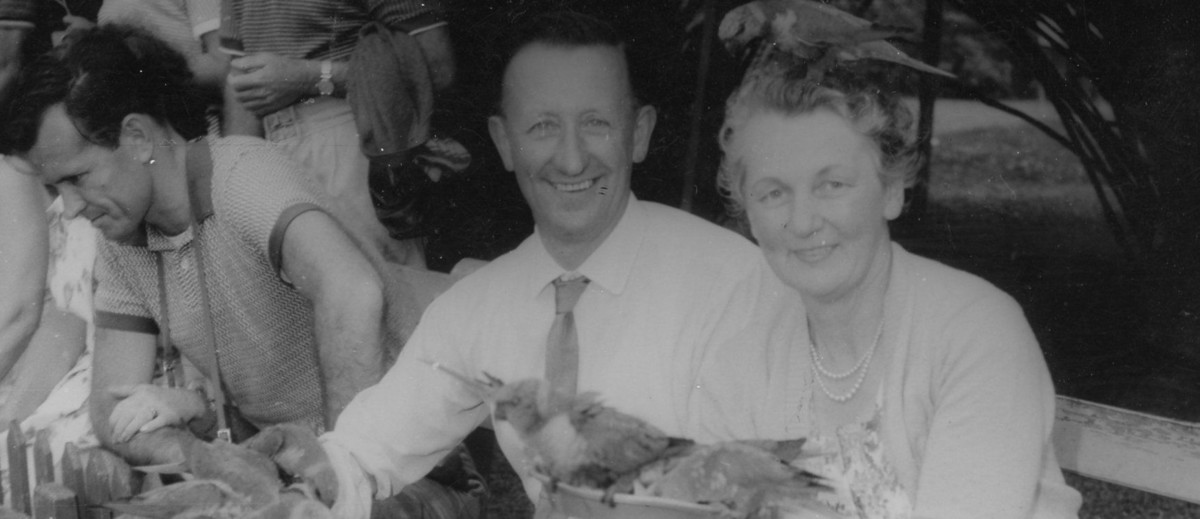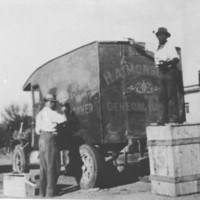Hawkers were travelling salesmen who went from town to town carrying and selling wares from socks to tobacco. They had an important role in sustaining South Australia’s outback settlements by connecting the country to the city.
The mobile salesmen of rural South Australia
Imagine if your ‘local’ shopping centre was a few hours’ drive away and you didn’t even own a motor vehicle. This was the reality for many rural South Australians in the early twentieth century who lived many kilometres away from department stores and supermarkets.
There is evidence that hawkers were active in Australia as early as the 1820s. The first hawkers travelled by foot or with a horse and cart. With the introduction of motor vehicles the trade was transformed and hawkers could carry a greater variety of stock and visit towns more frequently.
'And he, a turbaned eastern man, has in his covered camel cart; among his wares the things that can gladden a toy starved infant heart.'
From ‘Dream Hawker’ in Coolgardie Miner, Thursday 30 September 1943, page 2.
Hawker Vans at the National Motor Museum
The National Motor Museum collection features two vehicles that demonstrate the story of Australia’s early motorised hawkers: a 1936 LE30 Dodge and a 1926 Graham Brothers G-Boy.
The LE30 Dodge belonged to Lobethal man Syd Graeber. Syd converted the Dodge into a haberdashery shop on wheels and from 1936 to 1966 travelled the Northern Hills and Murray Basin districts selling fabrics, buttons and shoe heels. Another South Australian hawker, Hassan (Harry) Monsoor migrated from Lebanon to Australia in 1900 at age seventeen. Harry started his hawking days with a horse and cart. In 1926 he upgraded to the Graham Brothers G-Boy and until 1958 roamed the Flinders Ranges selling boots, lollies, stockings and condoms. Syd and Harry journeyed across dirt tracks and were away from home for weeks at a time, but both hawkers are remembered for their humour and joyful nature.
A hawker van would be an unusual sight today, but they were once the excitement of the town and brought happiness to many people. The two vans at the National Motor Museum are a reminder of a period when hawkers helped South Australia’s rural communities survive and thrive.

I remember well "Joe the Indian" who regularly called at my aunt's farm at South Muckleford, near Castlemaine, Victoria. Joe had a horse and covered cart, or jinker, and sold medicines and potients of all types. He often stayed for a few days, resting his horse, I suppose. This would have been in the late 1940s-early 1950s.

Hi Loretta, that's fantastic. Does the book record your gg/grandmother buying or selling? Would love to know what's in the book!
‘Dream Hawker’ in Coolgardie Miner, Thursday 30 September 1943, page 2.




Add your comment